Which represents an intermediate formed in the reaction of toluence and chlorine at elevated temperature in sunlight ?
A
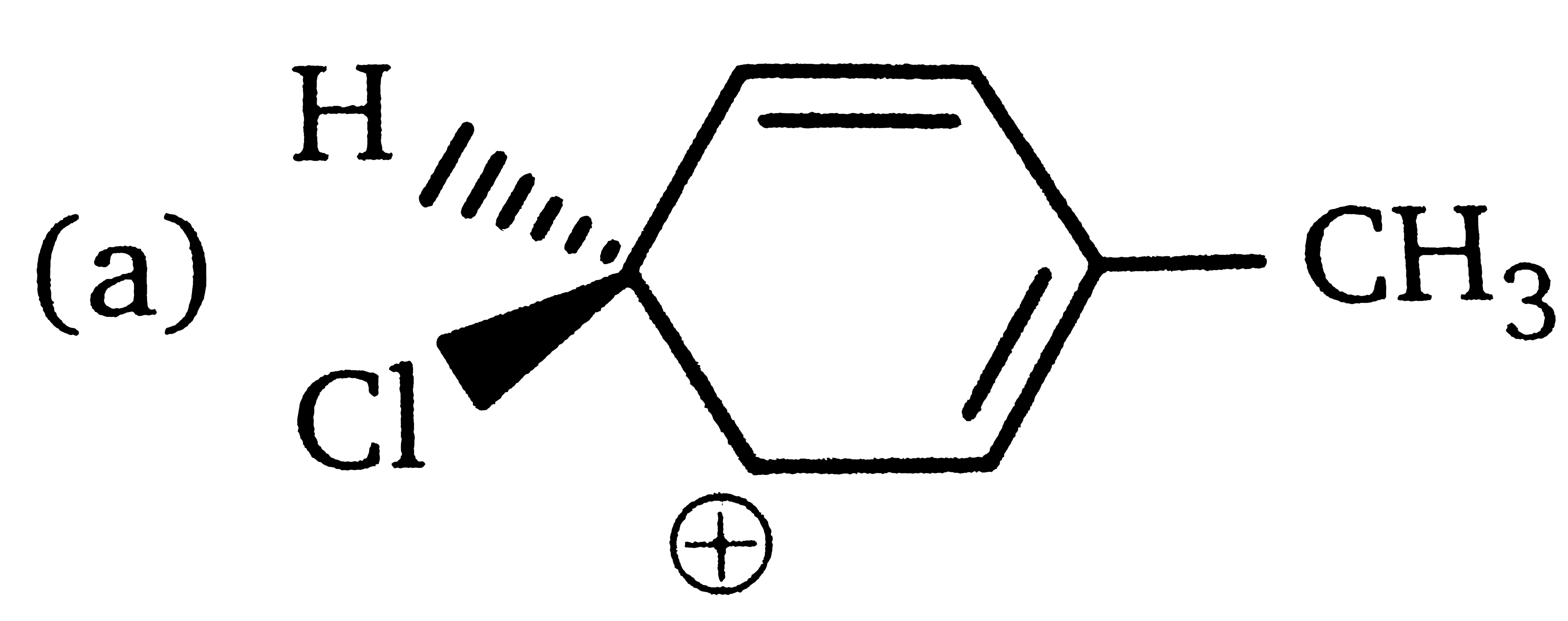
B
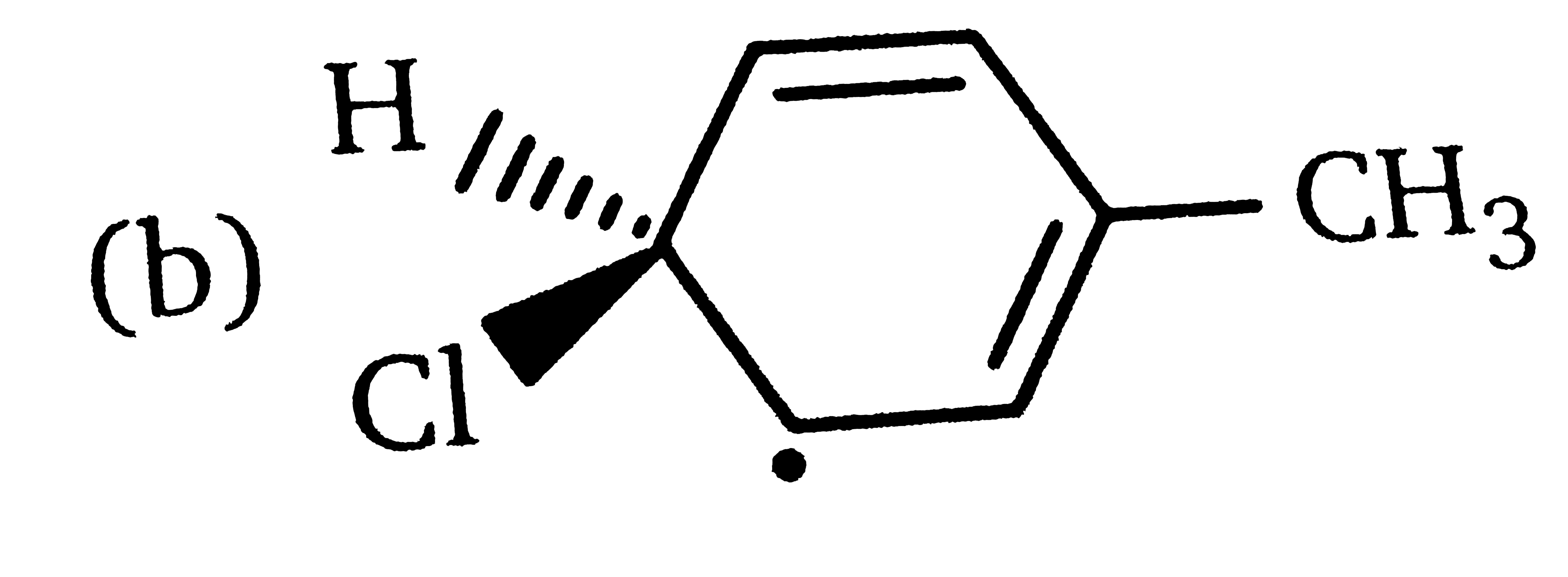
C
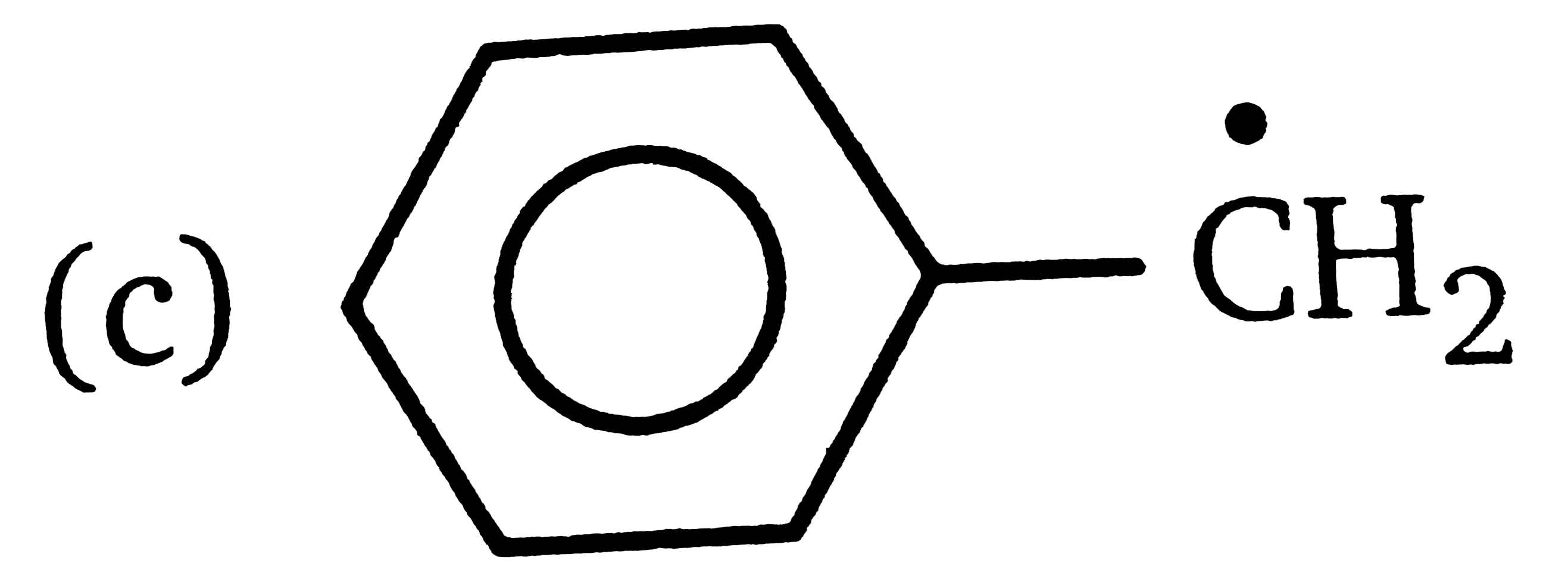
D
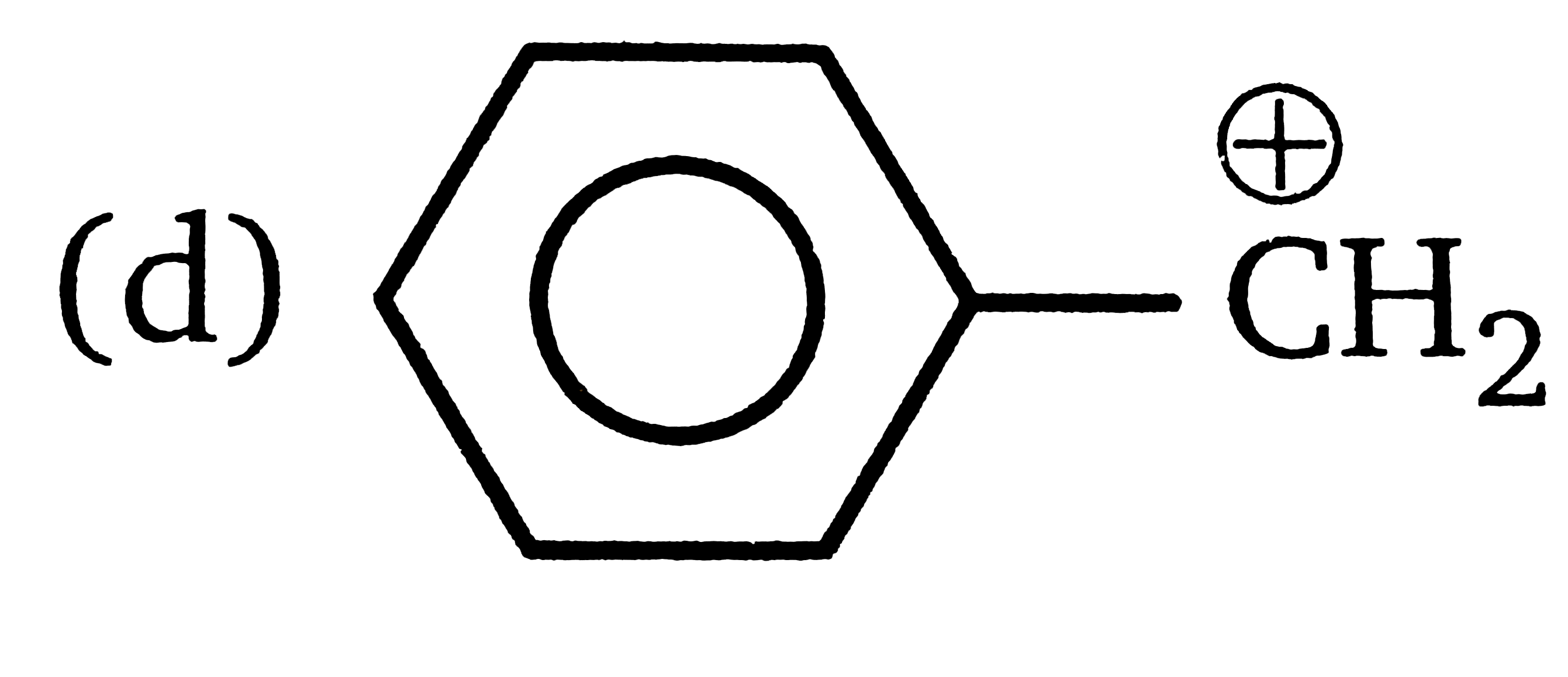
Video Solution
Text Solution
The correct Answer is:C
Free radical mechanism
|
Topper's Solved these Questions
- AROMATIC COMPOUNDSBOOK - MS CHOUHANCHAPTER - AROMATIC COMPOUNDSEXERCISE - Level 1 (Q.31 To Q.60)
1 Videos
- AROMATIC COMPOUNDSBOOK - MS CHOUHANCHAPTER - AROMATIC COMPOUNDSEXERCISE - Level 1 (Q.121 To Q.150)
3 Videos
- AN INTRODUCTION TO ORGANIC REACTIONS AND THEIR MECHANISMS ACIDS AND BASESBOOK - MS CHOUHANCHAPTER - AN INTRODUCTION TO ORGANIC REACTIONS AND THEIR MECHANISMS ACIDS AND BASESEXERCISE - ADDITIONAL QUESTION (SINGLE CORRECT CHOICE TYPE )
32 Videos
- BIOMOLECULESBOOK - MS CHOUHANCHAPTER - BIOMOLECULESEXERCISE - Level 2
1 Videos
Similar Questions
Knowledge Check
Intermediate formed during E2 reaction is -
ACarbocationBCarbanionCFree radicalDIntermediate is not FormedIntermediate formed during E1 reaction is -
ACarbocationBCarbanionCFree radicalDCarbene
The intermediate species formed in the above reaction is:A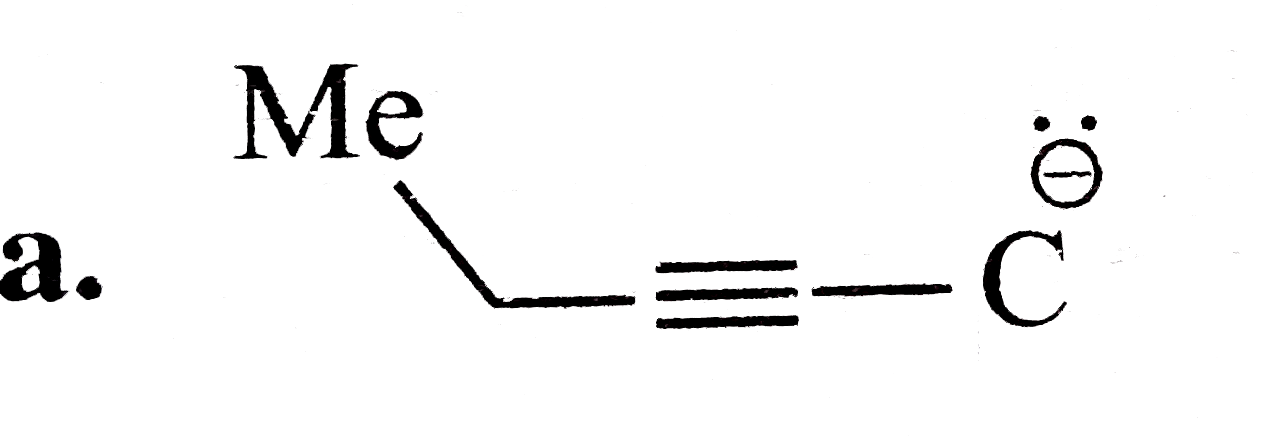 B
B C
C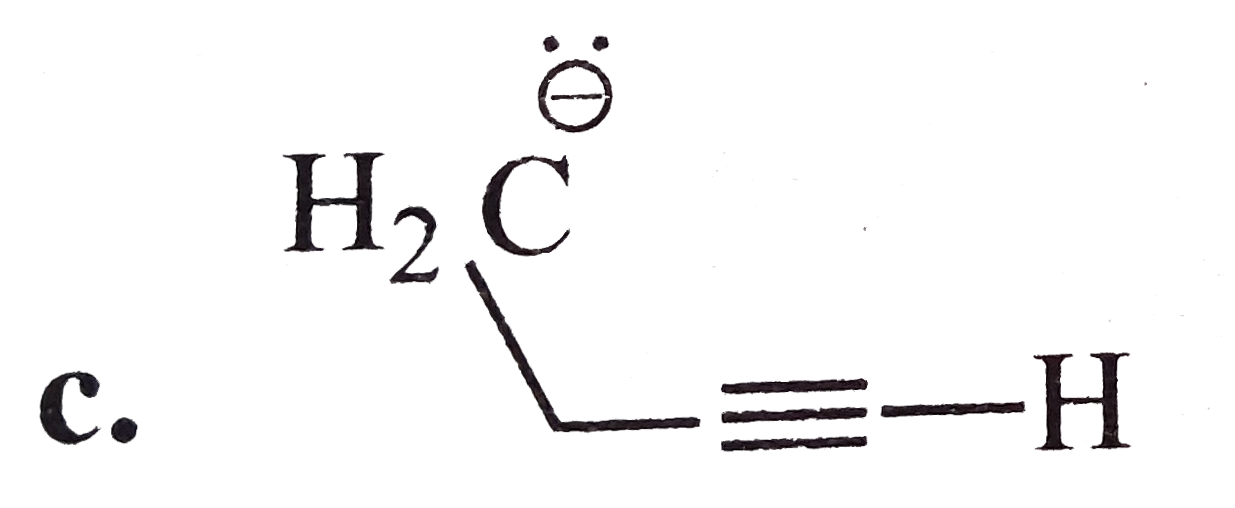 D
D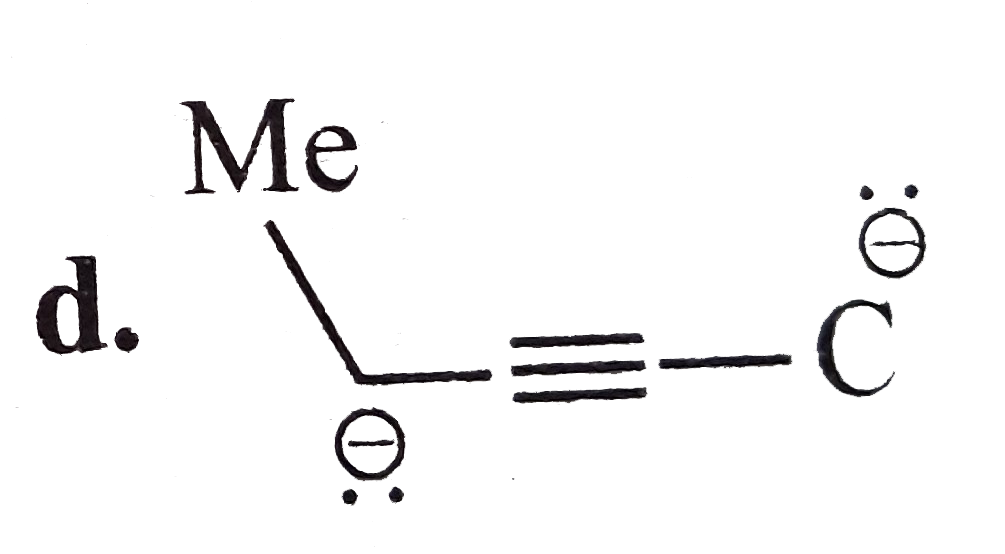
Which Intermediate formed during addition of halogen on alkenes ?
View SolutionThe reaction of toluence with chlorine In this presence
of light gives
View SolutionThe substance that would not at all be formed during the reaction of methane and chlorine in the presence of sunlight is
View SolutionOrganic intermediate formed during the photochemical chlorination of an alkane is
View SolutionWhich of the following species is an intermediate in the reaction shown below?

View Solution
